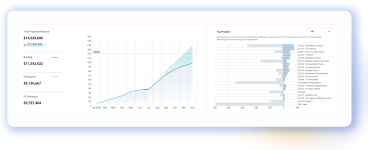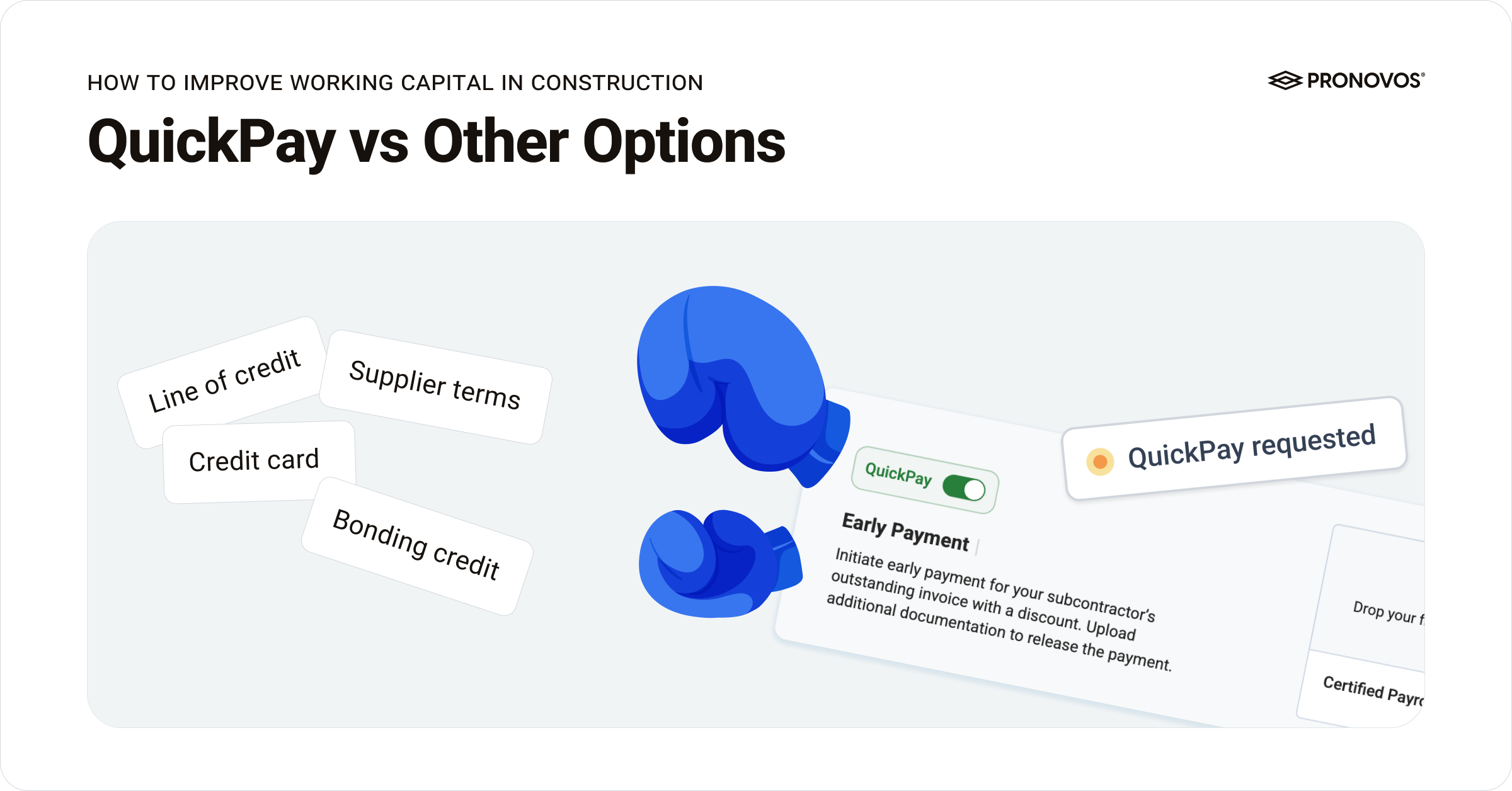An S-curve is a visual tool used in construction project management to track cumulative progress, typically cost, work completed, or earned value, over time. Named for its distinctive “S” shape, the curve reflects the natural flow of a project: slow and flat during initial setup and mobilization, sharply rising during the most active construction phases, and then flattening again as the project wraps up. S-curves help project managers easily compare planned vs. actual performance, revealing trends, delays, or budget overruns in a clear, intuitive format. Whether you’re monitoring financials or productivity, S-curves bring simplicity and clarity to complex project data and help teams make more informed decisions.
Construction projects are complex, with many moving parts and competing priorities. One of the simplest and most effective tools for monitoring progress and staying on top of cost and schedule performance is the S-curve.
In this article, we’ll break down what an S-curve is, how it works in construction forecasting, and how tools like ProNovos make it easier to apply this concept in the real world.





